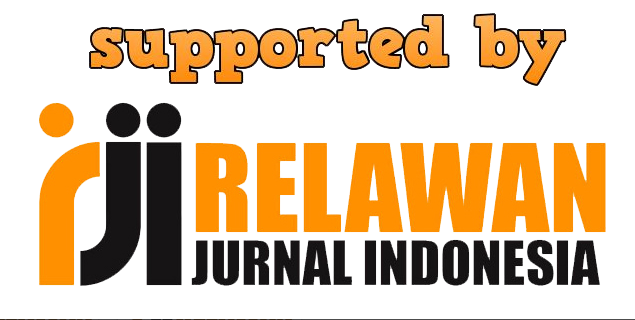Pengembangan Media Pembelajaran TIK Menggunakan Aplikasi Canva Berbasis Video
Abstract
The purpose of this research is to produce ICT learning media using the video-based Canva application. This type of research is research using the ADDIE development model. the first analyzes the characteristics of students and learning media, the second designs or designs in advance what media is suitable for use, prepares materials and things that support the media to be developed, the third develops media that has been designed or designed as much or as attractive as possible, the fourth is testing the developed media to students, the last is evaluating the developed media. The validity of learning media using the Canva application is seen from the assessment of the two validators, namely media and material experts. Based on the results of the assessment of the two validators, an average score of 90.5% was obtained in the very good or valid category. The effectiveness of the learning media using the Canva application can be seen from the results of the student's response questionnaire to the learning media. Based on the test results of class VII A student respondents, an average score of 92.9% was obtained for small groups and 92.7% for large groups with very effective categories, meaning that learning media using the Canva application was effective or successfully developed in learning, especially on the role and impact of information and communication technology in class VII A SMP Negeri 2 Fakfak
Downloads
Copyright (c) 2023 JURNAL PETISI (Pendidikan Teknologi Informasi)

This work is licensed under a Creative Commons Attribution 4.0 International License.










